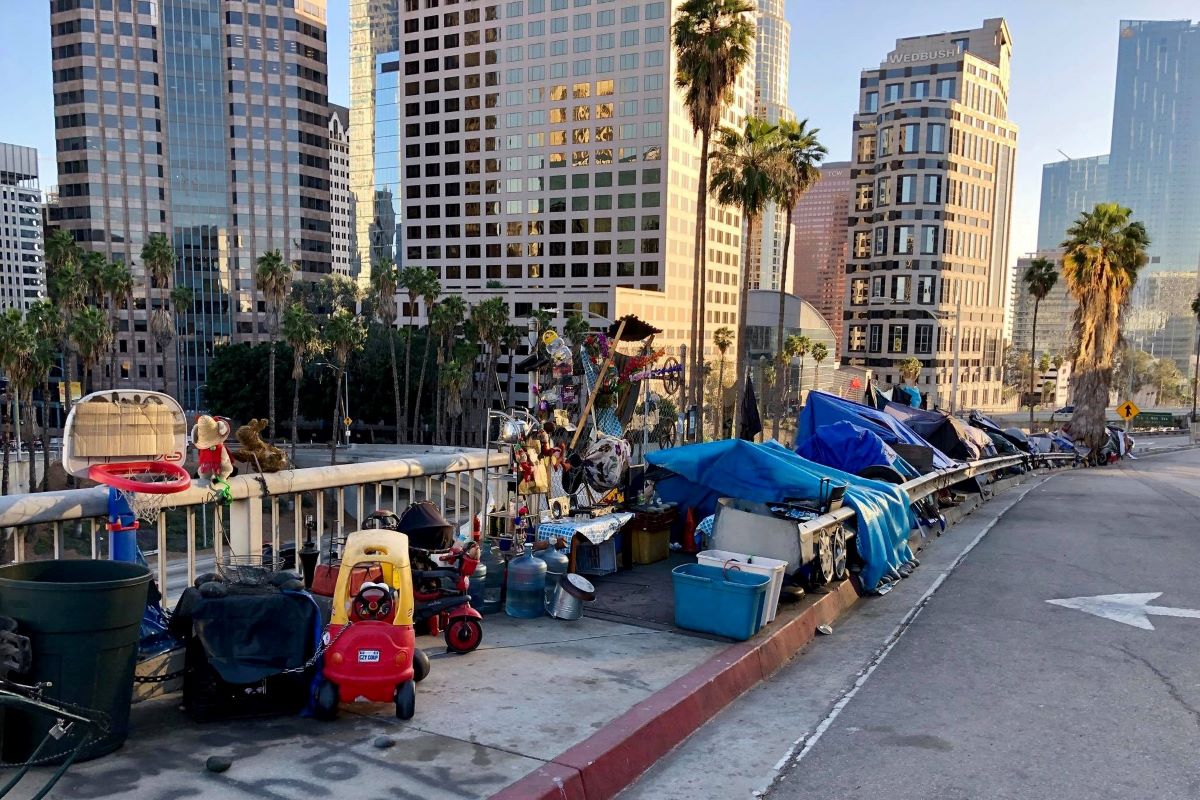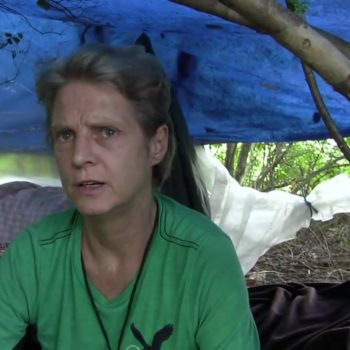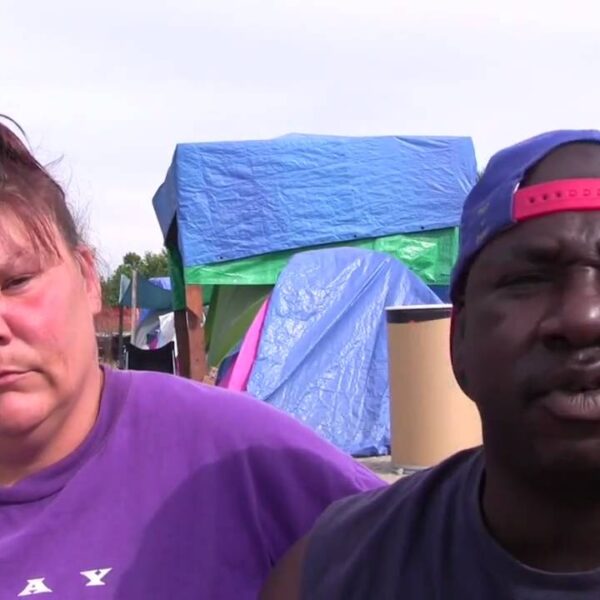When we think of a strained economy, our minds naturally gravitate toward inequality in wealth. Wealth certainly plays a massive role in socioeconomics. But there are other equal, or perhaps even more important factors coming into play in a complex society such as our own.
Never underestimate the power of real estate, on the streets as well as in the cyber world. The words “location, location, location” have never been more prevalent than now, in a nation where the mighty dollar saw a 10% dip in value in 2017 and has since continued to decline. In reality, dollars and cents are often overtaken by the power of pure geography.
Alex Verkhivker, a Forbes Magazine contributor specializing in investment, stated in a 2018 article that, “Geography, not differences in class or socioeconomic status, has increasingly accounted for a major source of America’s inequality.”
He went on to elaborate on contrasting incomes from people hailing from different locations, on how a high school grad from Boston is more likely to prosper than a college grad from Flint. These are scary stats when you consider the fact that even as the world becomes more interconnected, its inhabitants become less likely to relocate. The average American adult settles no further than 18 miles from their birthplace. If we can keep people in their birthplace for generations and we continue to connect prosperity to specific geographical locations, we pose yet another roadblock for America’s working class.
At this point, you might be wondering what this roadblock really looks like. How different can one location really be from another? We’ve all seen bits and pieces of the widening US wealth gap. We’ve seen the charts related to wealth distribution, to racial inequity, to the housing bubble at large. But we have yet to see how this plays out on a broader scale, with real people and their personal dwelling spaces. Today, we at Invisible People present you with that virtual tour…
1) Celebrities Give Living Lavish a Whole New Meaning with These Modern Mansions
In the video above, we explore the “tiny town” owned by Kimye, otherwise known as Kim Kardashian and Kanye West. In this sprawling palace their toddler’s play area is larger than most American houses. Resort-inspired amenities include a sparkling swimming pool, a full spa, recording studio, and more.
We are then taken to the Trump family’s $166 million abode, featuring three full floors of solid marble and enough jewelry and Greek art to fill a small museum. Beyond the ornate sconces and gold-fitted chandeliers sits an expansive view of the New York City Skyline in all its glory.
We bear witness to the Sinatra estate, complete with not one, not two, but three eight-bedroom houses, plus 12.5 bathrooms. We move on to view Lil Wayne’s palm tree lined mansion with rooftop skatepark, Ashton & Mila’s 7,310 square foot retreat, and artist Enya’s Irish castle overlooking both mountains and sea. From here, we see Howard Stern’s $52 million Florida mansion, Dwayne Wade and Gabriel Union’s $10 million landlocked castle situated in the center of an aqua-blue moat, Bill Gates’ $66 million digs complete with a jaw-dropping underground cave, and Mukesh Ambani’s $1 billion property, which currently holds the title of the most expensive private home on the global housing market!
2) Working Class Homeless People are Living a Drastically Different Lifestyle of Struggle in this Oakland-Based Tent City
In this eye-opening VR180 video, we witness first-hand, the true hardship of the homeless experience. As we explore the property, we meet people living full-time in tents, vans, and canopies.
Makeshift shelters line the perimeter. People reside within inches of one another and must learn to cooperate in order to survive. It is explained that the vast majority of the community is comprised of America’s working poor population.
In lieu of lavish, marble-clad bathrooms are shared port-a-potties. Residents here have trash-pickup but are not permitted dumpsters on their property. For this reason, trash is strewn across the pavement alongside children’s toys. Families endure extended stays. Prison-style fencing serves as walls. The furnishings consist of shopping carts and plastic chairs.
Fatalities from simple injuries have become commonplace in most encampments, including here, in this government-sanctioned tent community. Residents take turns sharing a recently installed shower. Of the 90 camps in Oakland, this is the only camp that boasts a shower of any kind. Near the end of the video, one resident explains the travesty in her own words when she says, “Every day, it’s like the big hole gets bigger and bigger and more of us are falling in it. And why? Because we can’t afford a place to live.”
Another resident adds a valuable point to the conversation. “Nobody is here because they want to be.”
This is not the way anyone deserves to describe the place they’re calling home. This is homelessness in the United States of America.
The Contrast Is Real and Heartbreaking
The contrast between wealth and poverty in America is an utterly heartbreaking phenomena that harkens, and at times, surpasses the inequality exhibited by ancient failed societies such as the Roman Empire.
This is Not About Celebrities or Status. This is About a Society Teetering on the Brink of a Self-Induced Collapse
It must be stated clearly that this blog post is not about bashing celebrities, many of whom are making charitable contributions toward noble causes, even if they do have elaborate houses. Moreover, celebrities are human beings living their lives perched on pedestals we built for them as a society.
There is very little difference between the job of a celebrity and the job of a service worker. Yet we’ve created a situation where one can live in a mansion and the other must reside in a tent.
Historically, circumstances like these have inevitably led to failure in the form of major societal collapse. Let us not become another nation whose greed is forever memorialized through its ruins. Let us instead, work toward building a better landscape – one where bathrooms and running water, and maybe even marble tiles and gold-plated chandeliers, are a part of everyone’s lives, save just a chosen few. Talk to your local reps about the affordable housing crisis and see where they stand.













